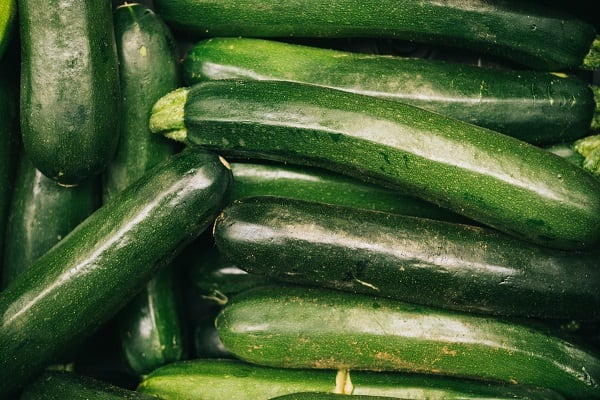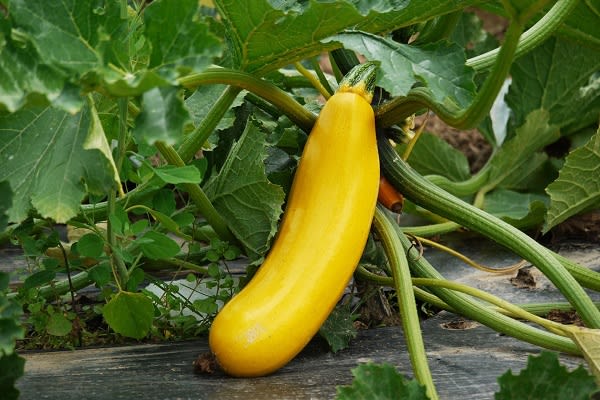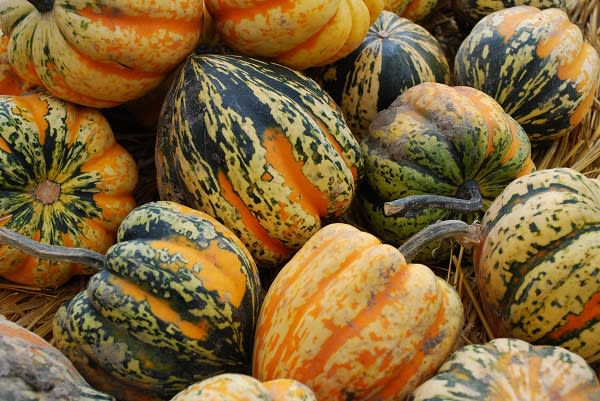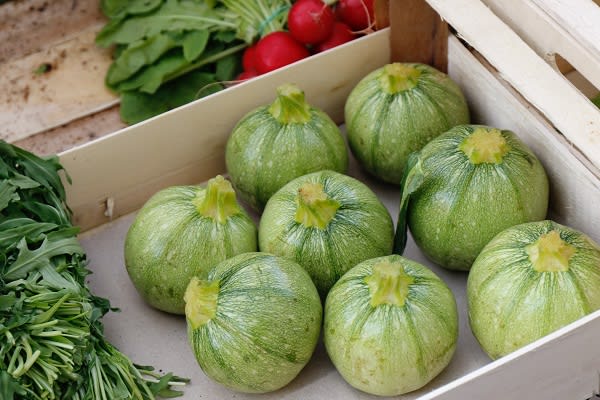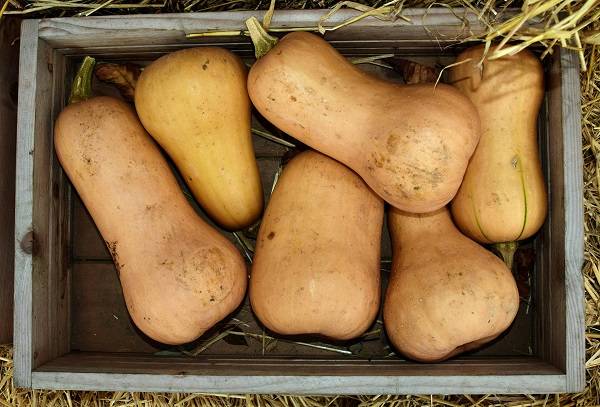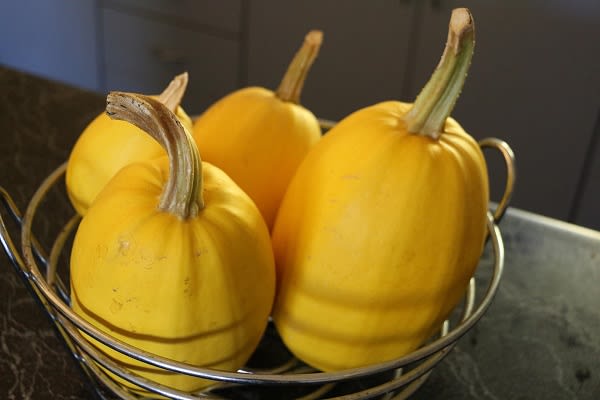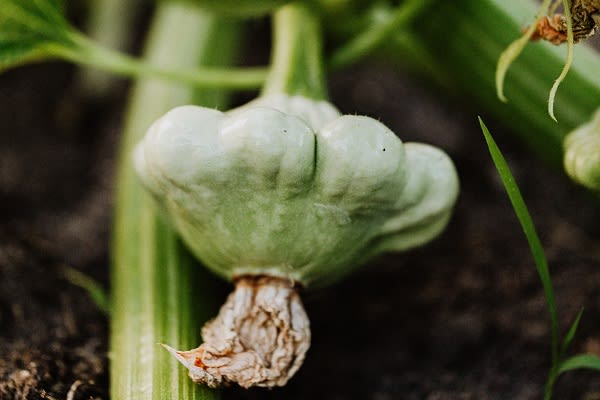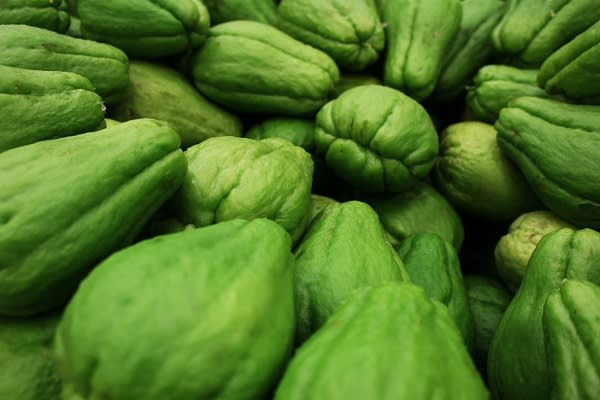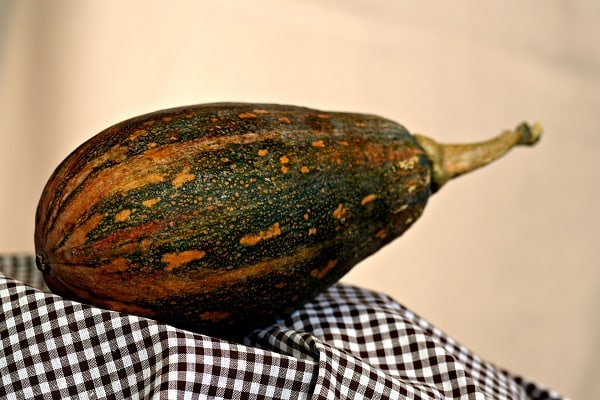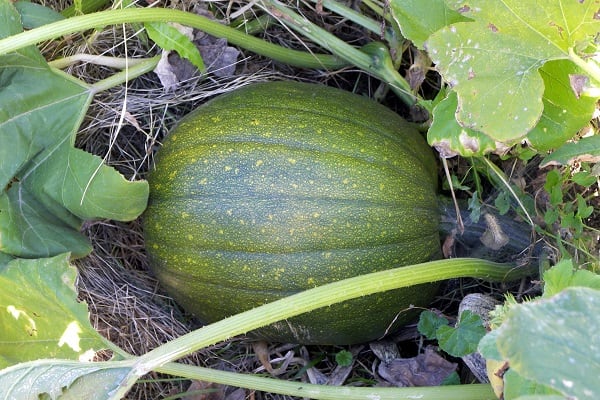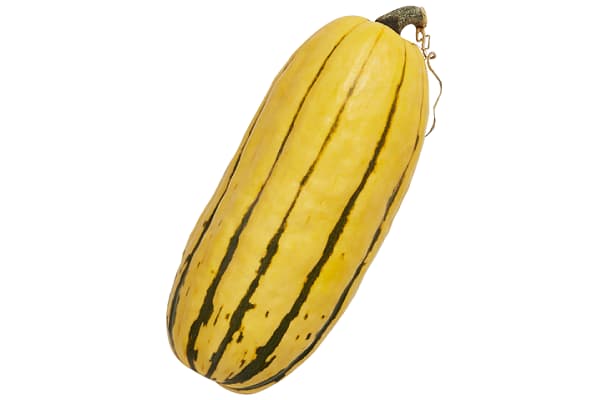15 Types of Squash and the Best Ways to Use Them
15 Types of Squash and the Best Ways to Use Them
Squash 101
There’s a lot to love about squash. It’s delicious, nutritious, and wonderfully versatile. Squash dinner ideas use pretty much all methods of cooking—you can serve it sauteed, baked, roasted, grilled, and boiled, just to name a few. Oh, and get this: Although squash is eaten as a vegetable, it’s actually a fruit! In fact, squash is technically a berry, which is defined as a fleshy fruit with many seeds. Who knew?
Botanical definition aside, squash is enjoyed as you would other veggies: layered in sandwiches, tossed with pasta, or blended into savory soups. In other words, it’s not difficult to find a meal that would benefit from squash! There are also two main categories to choose from: summer and winter squash, which are classified based on the season they peak in.
Ready to explore the scrumptious world of squash? You’ll have variety—and vitamins.

Health Benefits of Squash
Each type of squash offers its own unique set of standout nutrients and benefits. But overall, summer squash varieties contain an impressive blend of essential nutrients, including fiber, potassium, and vitamins C, A, and B6. Vitamins C and A are also antioxidants, meaning they protect your cells from oxidative stress (read: damage).As for winter squash? These varieties hold a similar nutritional profile, along with ample amounts of beta-carotene. This is a yellow-orange plant pigment that’s responsible for the bright hue of winter squash’s flesh. Also, in the human body, beta-carotene turns into vitamin A, a nutrient that’s vital for healthy vision. Needless to say, the benefits of eating squash are deliciously impressive!
15 Types of Squash and Their Uses
